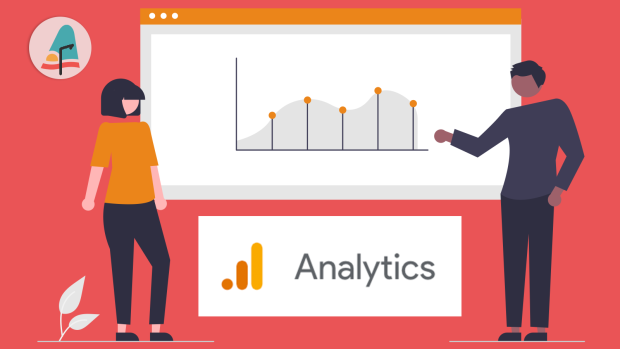
If you haven't converted to GA4 yet, it's definitely time.
Google is going to sunset (kick, get rid of) Universal Analytics (UA) on July 1, 2023. This means that your data will no longer track and access may be lost. Whether someone monitors them or not, most web marketers rely on Google Analytics for essential tracking data, error finding, conversion statistics, and assurance that marketing efforts are making a difference. For anyone depending on year-over-year tracking, this means you have until July 1, 2022 to fire up tracking on the new platform, Google Analytics 4 (GA4) to avoid a year-over-year outage. And yes, we’re more than a month past that time.
If you haven’t made it by the July 1 deadline, it’s ok - it just means that whenever you’re seeing this, it’s time to do it now.
If you’re already a current Aquarian client for SEO or content strategy objectives, you have nothing to worry about - as you have already been moved over. If you’re not sure, please check with us.
If you’re not sure what this means for you, or you feel that analytical data could be important in your upcoming months, please get in touch. The sooner you make the jump to GA4, the smaller your informational outage will be, and the sooner you can decide if GA4, or another analytics program is right for you, amid this transition. Look no further should your site require advanced eCommerce purchase tracking - Aquarian is ready to implement this. Do you need expert Search Engine Optimization consulting, or social media tracking? Or a sense of direction based on what your analytical data says? We cover all this and more in our Content Strategy and SEO programs.
Why Convert to GA4?
Well, besides the pestilent “you have to,” there are quite a few reasons to look forward to moving over. Firstly, the monitoring of individual engagement events has changed. Rather than needing to add every event to GA4 - it comes with a handful of defaults that start to register right out of the gate. Moreover, default monitoring graphs and graphics follow this convention, First time session, scroll, page view, click, among a few others. This means when you add specific events custom to your website, they get visually measured, compared, and stacked in with the standard events, making understanding your user’s path much clearer.
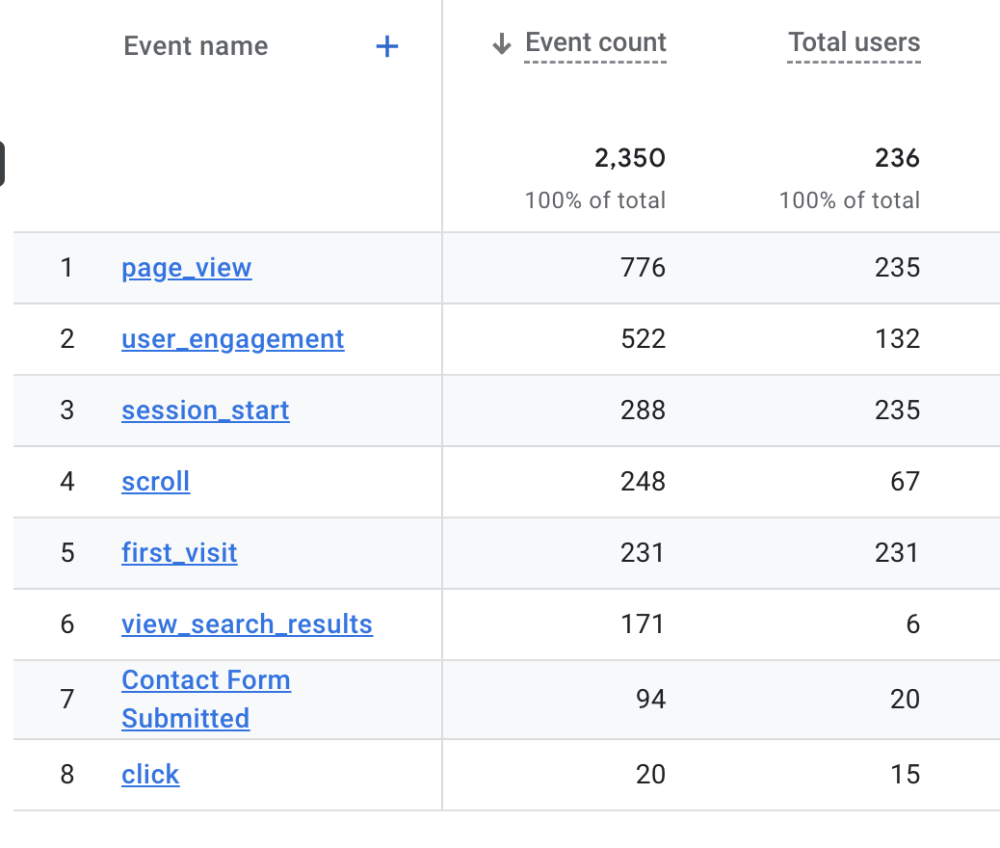
Fundamental eCommerce overhaul
Managers of eCommerce shops who move to GA4 are going to be delighted with the build-out of events in eCommerce, with the ability to track add_to_cart, view_cart, view_list, view_item, remove_item, add_payment, add_shipping - an entire suite of eCommerce specific micro-events that track a user from a source to sale, with even more storytelling goodies than had previously been established. It used to be a bit of an art to glean what happened between source and sale, but now, as many steps as you have is as many steps as you can track. And for eCommerce purchases, there’s this helpful purchase table that lists event counts by product:
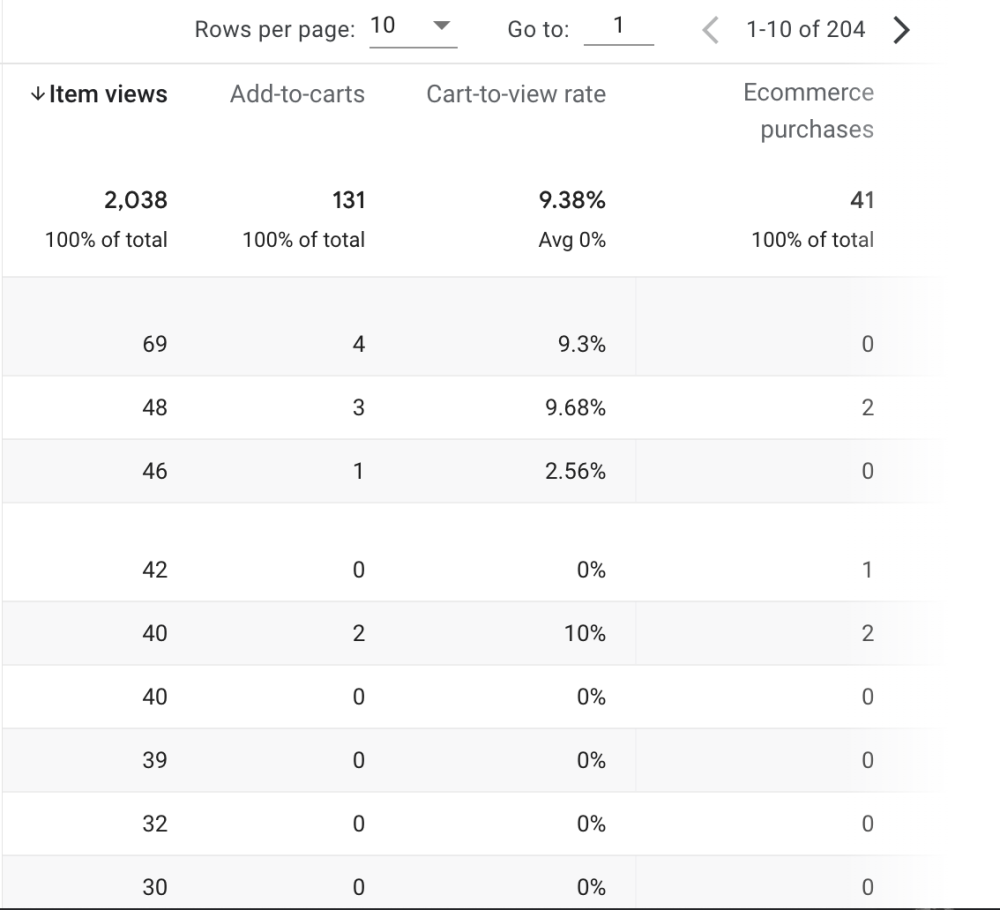
A Quick Glance at the User Acquisition screen
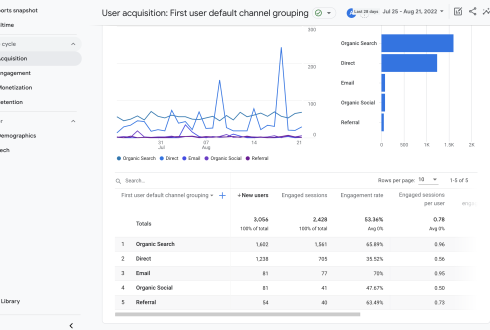
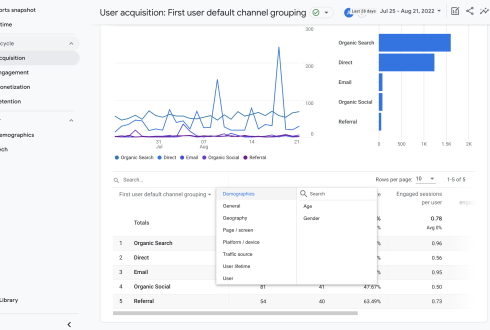
The focus here is on users (first-time vs first time together with repeat, called traffic.) Essentially: how many chose to be here and where they came from. The inset menu (marked collapsed by a big blue plus-sign) allows for customizations to the table to measure specific facets of this information.
Additional improvements that we have detected in GA4 include all mention of advertising in another tab entirely, and an entire reporting section where you can make any sort of data comparison visually - including those UA graphs you just can’t live without. This Reports section deserves a post all on its own.
This is not the extent of the Universal Analytics vs GA4 changes - which are summarized here, but these departures from Universal Analytics are the ones we are finding most insightful and helpful just a few months down the road. As the author of many monthly SEO reports (which we write individually with new recommendations every time,) I’m thrilled to be able to study individual products and pages on the website with choices made around social media posts (we also offer Social Media Management.)
More than anything - the shift from on-page real estate around acquisition and audience to the emphasis on what users are doing once they arrive, (which is my own impression of how the design has changed) is of particular value. What used to be a series of page views that ended in a purchase is now a behavior-informed per-user story. Wonderful CRO teams everywhere have been keeping an eye on things like this forever with expert set-ups. Now, micro-measurements such as scroll are brought to the table by default and events are graphed visually to more easily compare their impact. It’s less about what marketing efforts are working - more about how the website is working - which is much more in line with what we think is the entire point of having analytics on a website. It’s not like we want to stack up a bunch of information to inform our bragging rights - it’s about helping the user do what they came to do and have an easier time. It’s even in one of our early slogans: Lead, Follow, and Get Out Of The Way!
If you’re not sure if your GA4 is measuring well or if you are moved over, or quite how to move over, get in touch and see if we can help. If you want to get more out of your website, we can help. We work with clients directly but also with developers as a value-add to your own clients’ experience. We are Craft CMS Verified Partners and ExpressionEngine Partners and can roll in specialized experience with these secure, scalable content management systems and their eCommerce solutions which are technologically adjacent to WordPress.